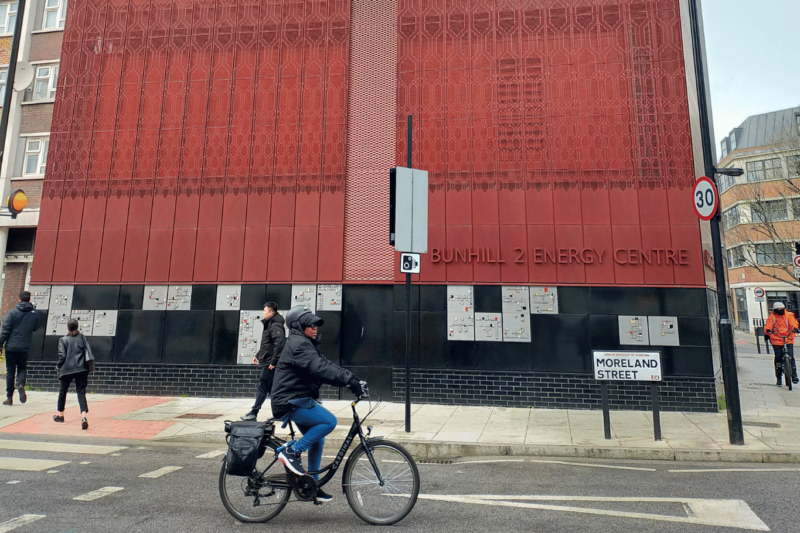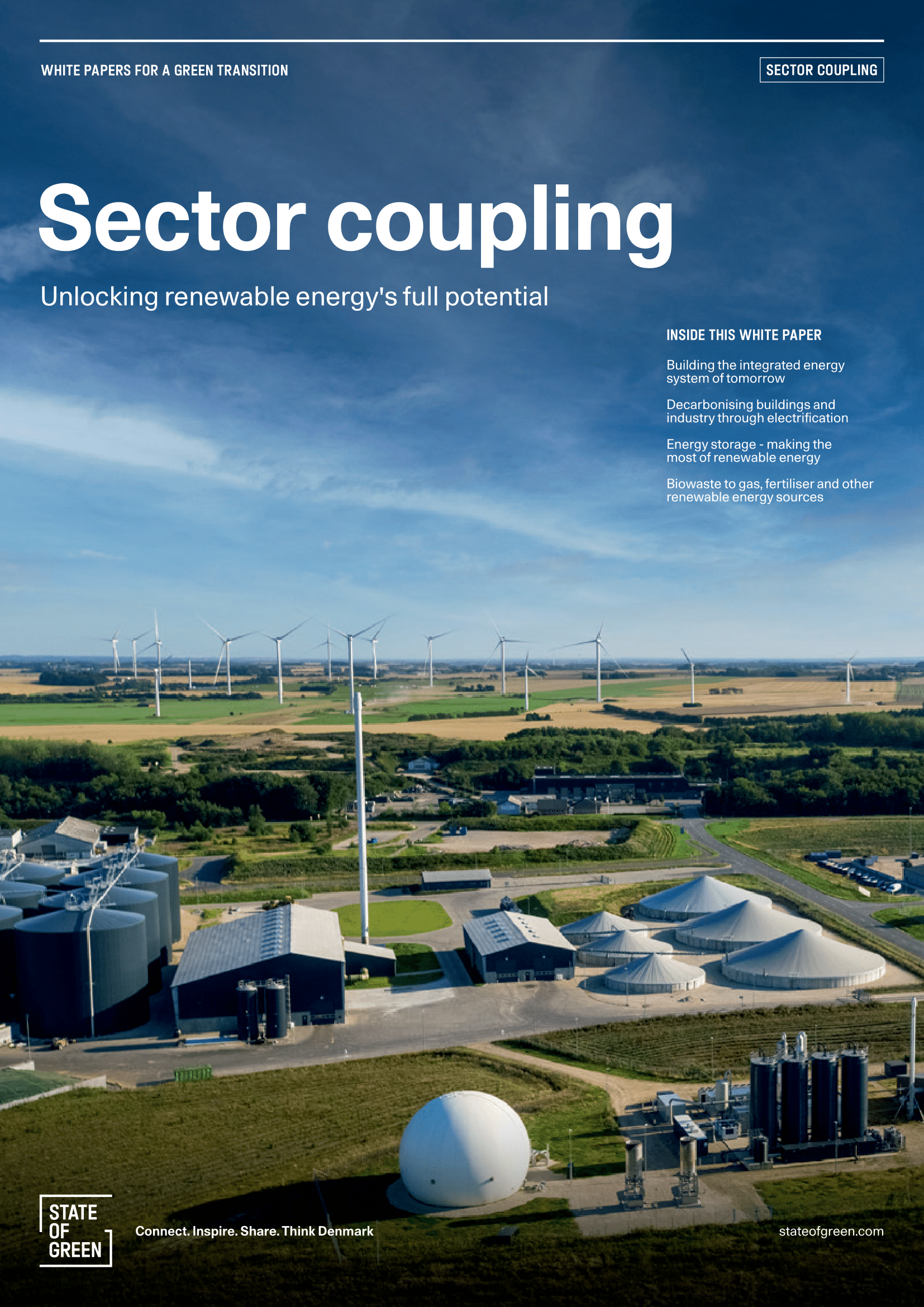Solution provider

Ramboll is a leading international architecture, engineering, and consultancy company, owned by the Ramboll Foundation.
Case
Sector coupling
Combined heat and power production
District energy
+1


Ramboll is a leading international architecture, engineering, and consultancy company, owned by the Ramboll Foundation.
Add the case to your visit request and let us know that you are interested in visiting Denmark
Photo credit: Ramboll
The Bunhill heat network began operating in 2012, using a combined heat and power (CHP) plant that generates both heat and electricity. In 2016, the network was expanded, and a new energy centre was built – the Bunhill 2 Energy Centre in the north London borough of Islington.
To supply the network, a pioneering scheme was implemented to effectively use the surplus heat generated from the London Underground.
The centre, located on top of an old, unused station, uses state-of-the-art technology to extract warm air from the metro tunnels below through a large underground fan. The warm air is used to heat water, which is then pumped to buildings in the surrounding neighbourhood.
This system has enabled an additional 550 homes and a school to be connected to the existing Bunhill Heat and Power district heating network, with the potential to eventually supply heat to up to 2,200 homes.
Location: Islington, London, UK
Established: 2012 (expanded in 2016)
Technology:
Benefits:
Contributors: Islington Council, Rambøll, Colloide Engineering, Cullinan Studio, GEA, Gleeds
Impact: Provides cheaper, greener heating and serves as a replicable model for waste heat utilisation worldwide
As well as providing cheaper, greener heating, the centre’s CHP technology also generates green electricity to power communal lighting and the lifts in an adjacent tower. In addition, the two-metre fan, installed to extract warm air, can also be reversed to help provide clean air and cool the tube tunnels in the summer months. The centre represents a unique approach to utilising waste heat and acts as an ideal blueprint, that can be recreated anywhere in the world.

Discover the hidden potential of sector coupling in this white paper, offering valuable insights and practical solutions that can inspire and guide global efforts towards a green and sustainable transition.
Explore the publication